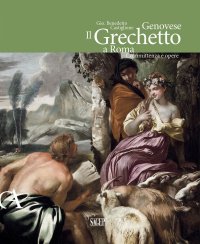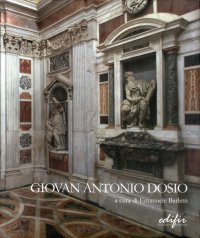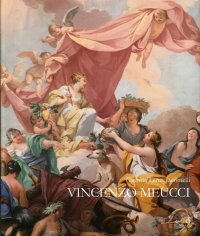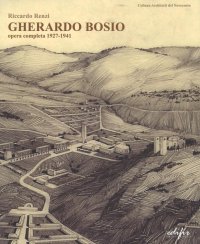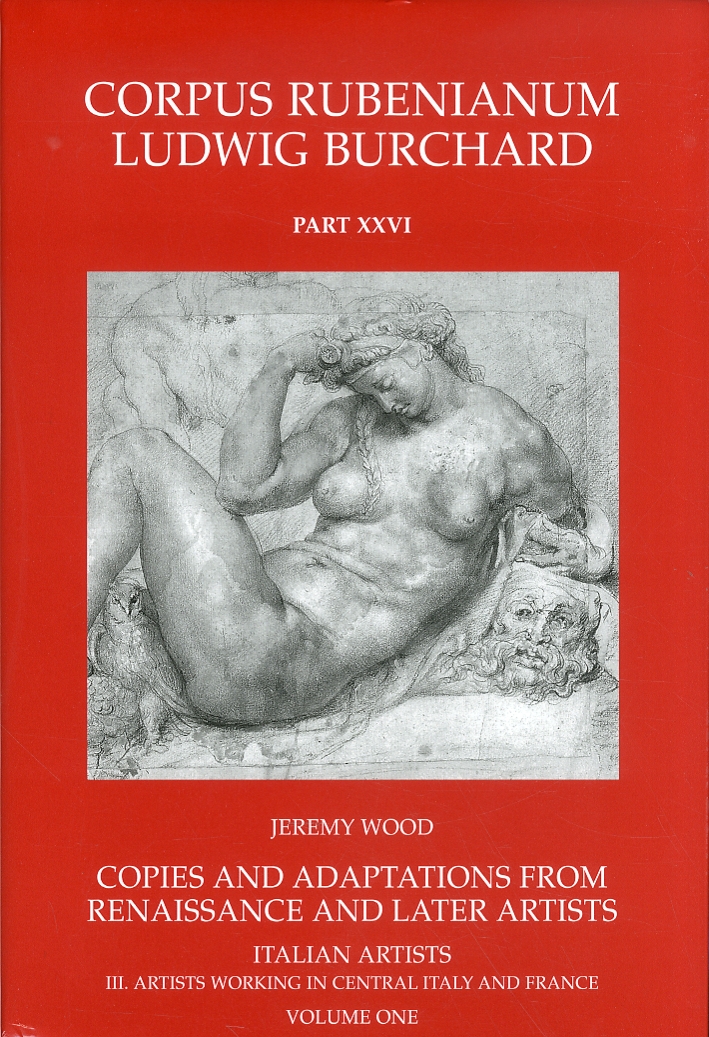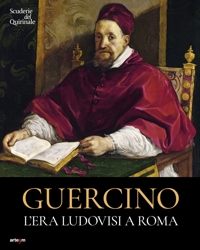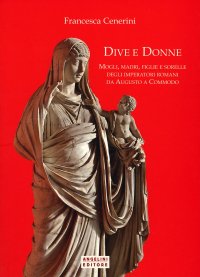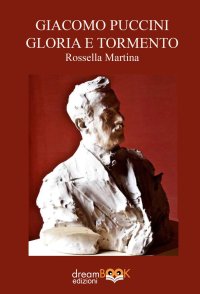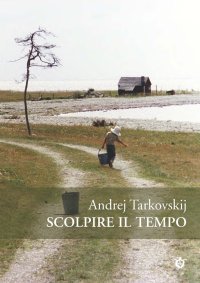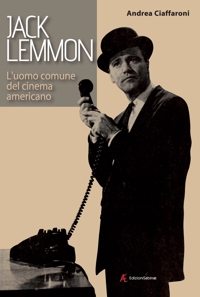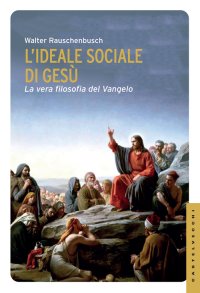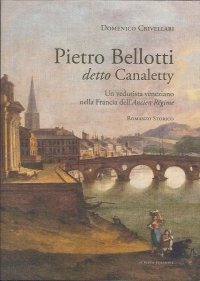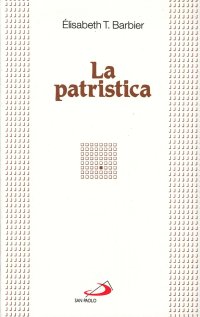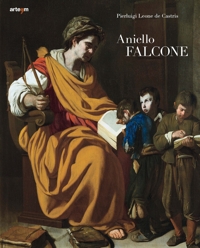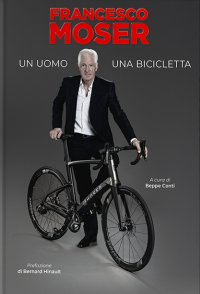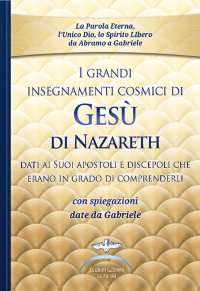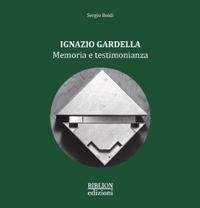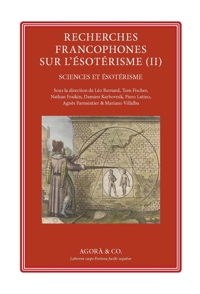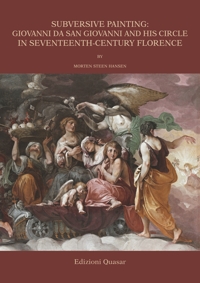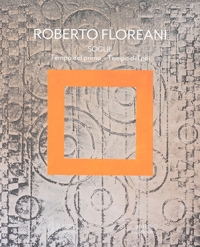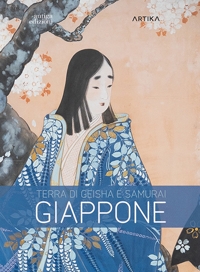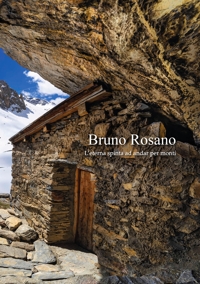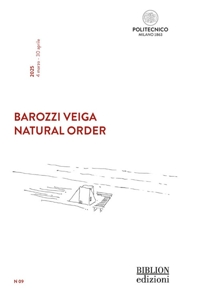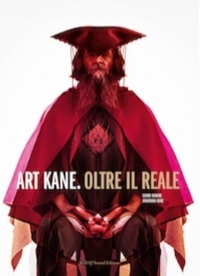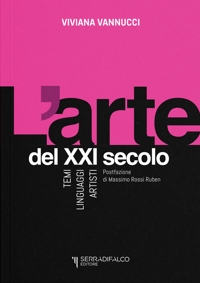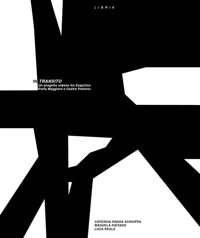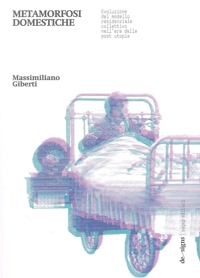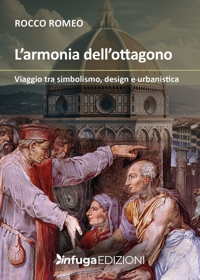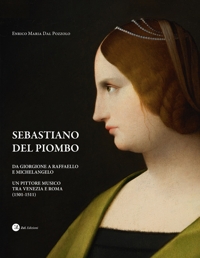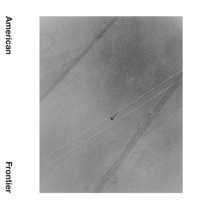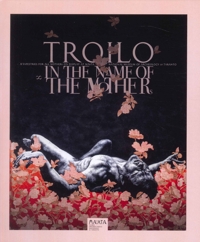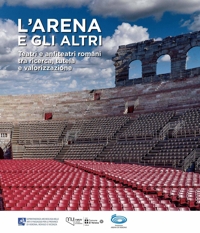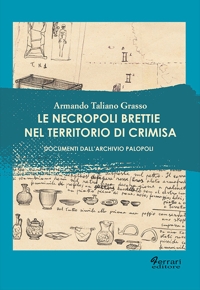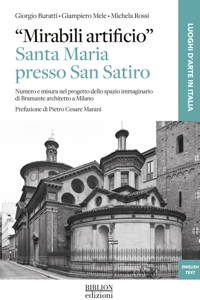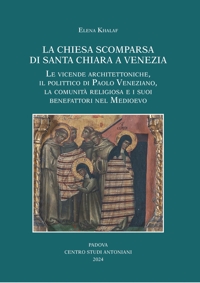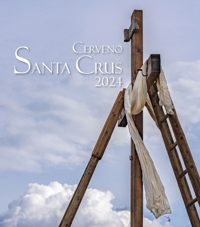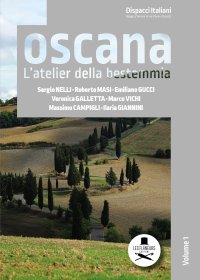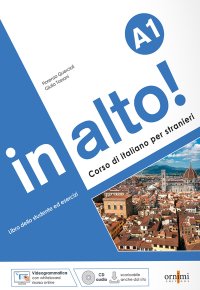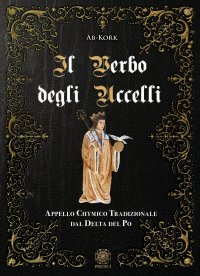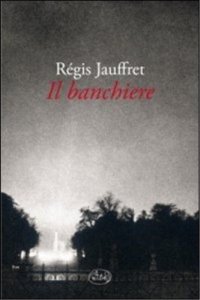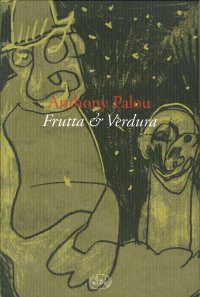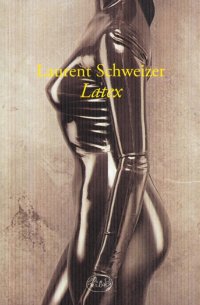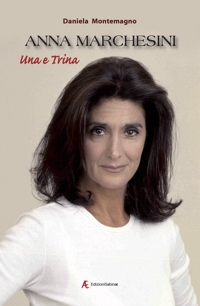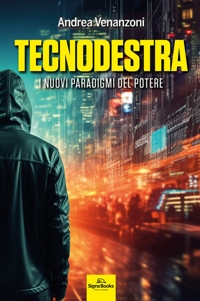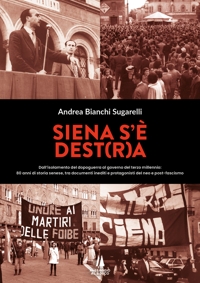Gio. Benedetto Castiglione Genovese. Il Grechetto a Roma. Committenza e opere
Edited by Orlando Anna and Francesco Rotatori.
Genova, 2023; paperback, pp. 304, col. ill., cm 23x29.
cover price: € 150.00
|
Books included in the offer:
Gio. Benedetto Castiglione Genovese. Il Grechetto a Roma. Committenza e opere
Edited by Orlando Anna and Francesco Rotatori.
Genova, 2023; paperback, pp. 304, col. ill., cm 23x29.
FREE (cover price: € 150.00)
Giovan Antonio Dosio Da San Gimignano Architetto e Scultor Fiorentino tra Roma, Firenze e Napoli
Edited by Emanuele Barletti.
Photographs by BACHerin Paolo and Saverio De Meo.
Prima edizione 2011.
Firenze, 2011; bound, pp. 844, b/w and col. ill., tavv., cm 24x28,5.
FREE (cover price: € 98.00)
Vincenzo Meucci
Co-Editore: Cassa di Risparmio di Firenze.
Firenze, 2015; hardback, pp. 304, col. ill., cm 25x29,5.
(Arte).
FREE (cover price: € 50.00)
Gherardo Bosio. Opera Completa 1927-1941
Firenze, 2016; paperback, pp. 368, b/w and col. ill., cm 23x28.
(Architetti del Novecento. Storia e archivi).
FREE (cover price: € 60.00)
Copies and adaptations from Renaissance and Later Artists. Italian Artists. III. Artists working in Central Italy and France
Wood Jeremy
Brepols Publishers
English Text.
Turnhout, 2011; 2 vols., clothbound, pp. 704, 287 b/w ill., 18 col. ill., cm 18x26,5.
(Corpus Rubenianum Ludwig Burchard. 26-2/3).
series: Corpus Rubenianum Ludwig Burchard
ISBN: 1-905375-41-7 - EAN13: 9781905375417
Subject: Graphic Arts (Prints, Drawings, Engravings, Miniatures),Monographs (Painting and Drawing),Painting
Period: 1400-1800 (XV-XVIII) Renaissance
Languages: 
Weight: 2.66 kg
The extensive volume on Rubens's copies and adaptations from Italian artists is divided into three parts: (1) Raphael and his School; (2) Titian and North Italian Artists; and (3) Artists working in Central Italy and France, containing approximately 300 entries in total. The complete volume will thus focus on Rubens's extensive study of Renaissance art of the sixteenth century. This lasted throughout his life, and not just when he was a student in Antwerp during the 1590s, when he relied on engravings as reference material to make enlarged painted adaptations from Raphael and Michelangelo. The core of Rubens's full-size painted copies were made in the late 1620s, when he was in Madrid and London and wanted records of Italian works, mostly by Titian, that he could not buy for his own collection. The bulk of the catalogue entries deal with Italian drawings that Rubens bought during his travels and which, it will be argued, were kept and retouched by him throughout his career. This material documents Rubens's extensive knowledge and interest in the work of Raphael, Titian, Michelangelo, Giulio Romano and Correggio, among many others.
The entries on the retouched drawings reconstruct one of the earliest and largest collections of graphic art assembled by a late Renaissance painter, as well as revealing Rubens's sophisticated and complex dialogue with Italian art. The first part, Rubens after Raphael, was published in January 2010. Part 2 was launched December 2010. The third and last volume will thus be presented this summer.
Francesca Cenerini € 18.05
€ 19.00 -5 %






